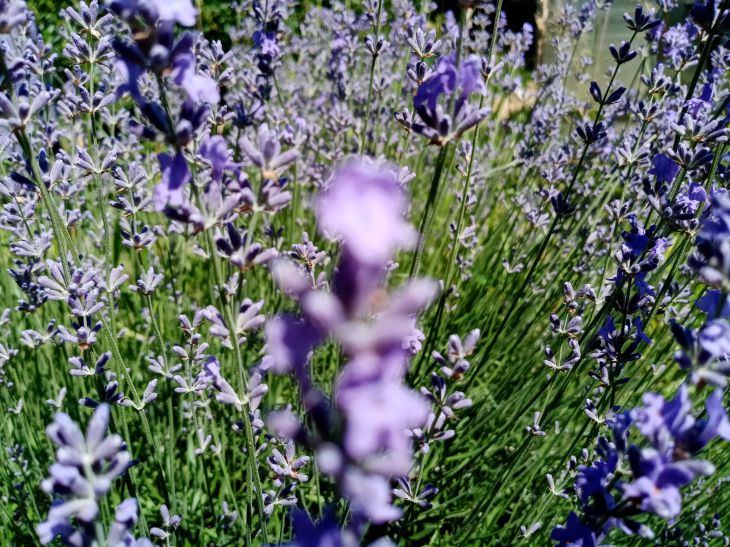Lavender can be grown in open ground in the garden.
How to Grow Lavender
Lavender is drought-tolerant once established, but it needs regular watering during its first growing season.
Water the plants deeply but infrequently, allowing the soil to dry out between waterings.

Overwatering can lead to root rot, so it's important to strike a balance.
Apply a light layer of mulch, such as pea gravel or coarse sand, around the base of the plants to help retain moisture and suppress weeds.
Avoid using organic mulches that can retain too much moisture and cause rot.
Prune lavender plants twice a year to maintain their shape and encourage new growth.
The first pruning should be done in early spring, cutting back about one-third of the plant.
The second pruning can be done in late summer after the flowering season, trimming back the spent flower stalks and shaping the plant.
Lavender does not require heavy fertilization.
A light application of a balanced, slow-release fertilizer in the spring can provide the necessary nutrients.
Avoid high-nitrogen fertilizers, as they can promote excessive foliage growth at the expense of flowers.
In colder climates, protect lavender plants from severe frost by covering them with a frost cloth or bringing potted plants indoors.
Ensure good air circulation to prevent mold and mildew.
Harvesting
Harvest lavender flowers when they are about one-third to one-half open.
Cut the flower stems in the morning after the dew has dried.
Hang the stems upside down in a cool, dark place to dry.
Once dried, the flowers can be used for various purposes, including making sachets, potpourri, or essential oils.












